Boch Frères Kéramis: Founded in 1841 in La Louvière, Belgium, by Eugène and Victor Boch, the Kéramis factory was a large, classic earthenware factory, whose flagship was the creation of Delftware decorations. The arrival of the designer Charles Catteau in 1906 gave it new impetus. Present at the 1925 International Exhibition of Decorative Arts and the Paris Salon d'Automne, it worked for the art workshops of the department stores – Primavera, Pomone and La Maitrise – influenced by Japonism, Africanism and the avant-garde.
Charles Catteau: Born to a Belgian father and a French mother. After training as a ceramic engineer at the Manufacture Nationale de Sèvres – which would become the École Nationale Supérieure de Céramique Industrielle – where he worked for two years, he left for Germany in 1904, at the Nymphenburg porcelain factory near Munich. He was poached there by Boch Frères, who were looking to renew the production of their Boch-Kéramis factory in La Louvière (Belgium). In 1907, he took over the management of the decoration workshop, which he remained in charge of until his retirement in 1946. Working with all materials, trying his hand at all genres (Japanese, African, figurative, cubist, etc.), Charles Catteau would experience success, with international recognition at the International Exhibition of Modern Decorative and Industrial Arts in Paris in 1925, winning a Grand Prix. In 1929, he exhibited the paintings Porte de Bourgogne and Aux bords du Loing at the Salon des artistes français. He left behind many vases, including renowned stoneware, with stylized motifs drawn from flora and fauna. After the Second World War, Charles Catteau retired to Nice on the Côte d'Azur, where he died in 1966.
Source: https://catteau.collectionkbf.be/fr


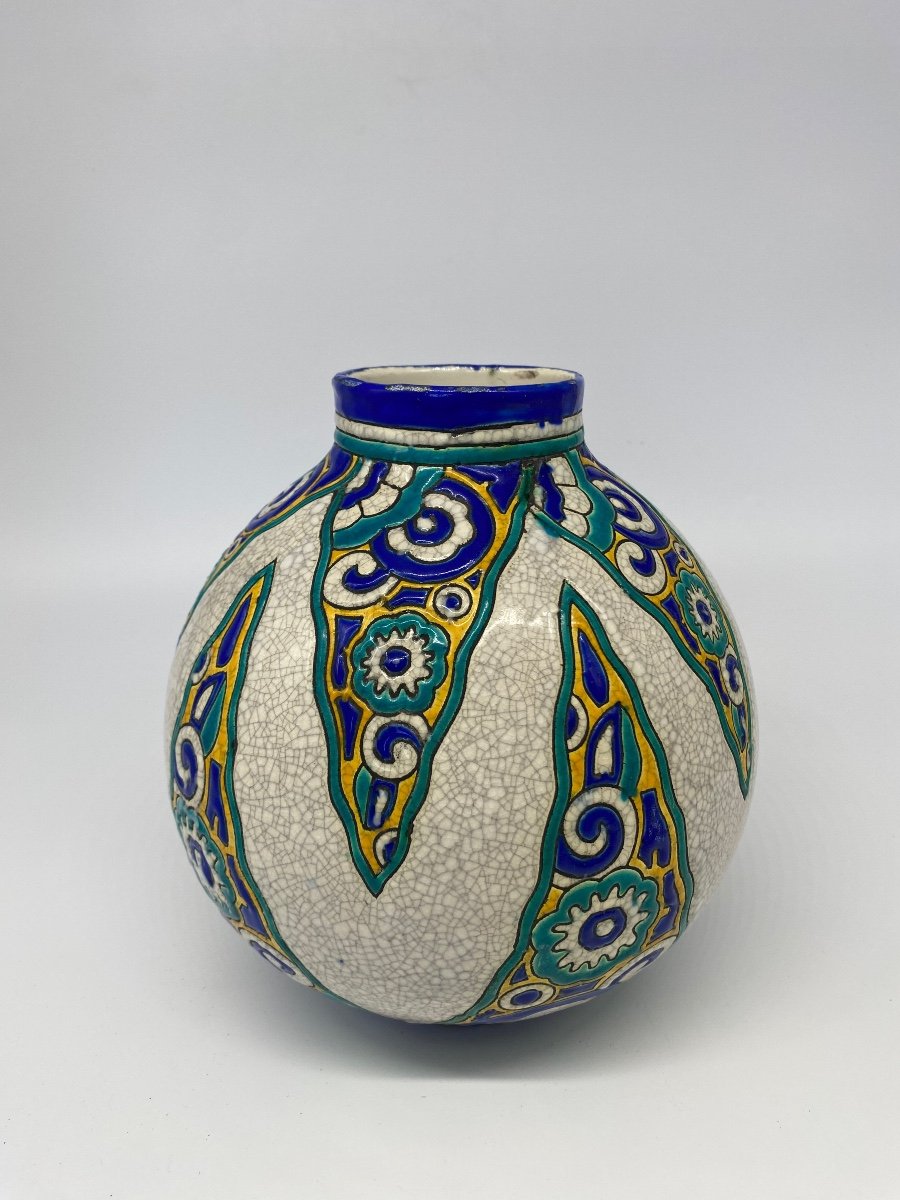
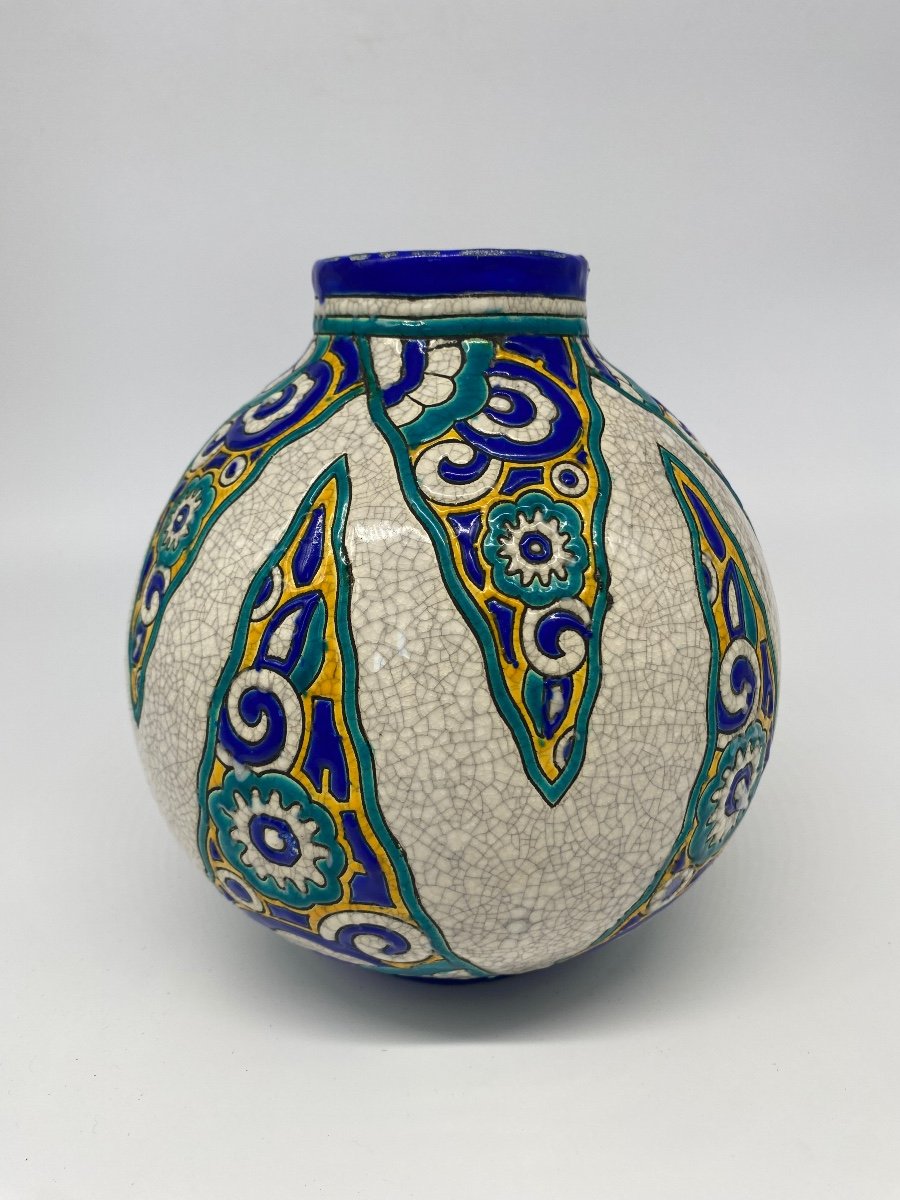


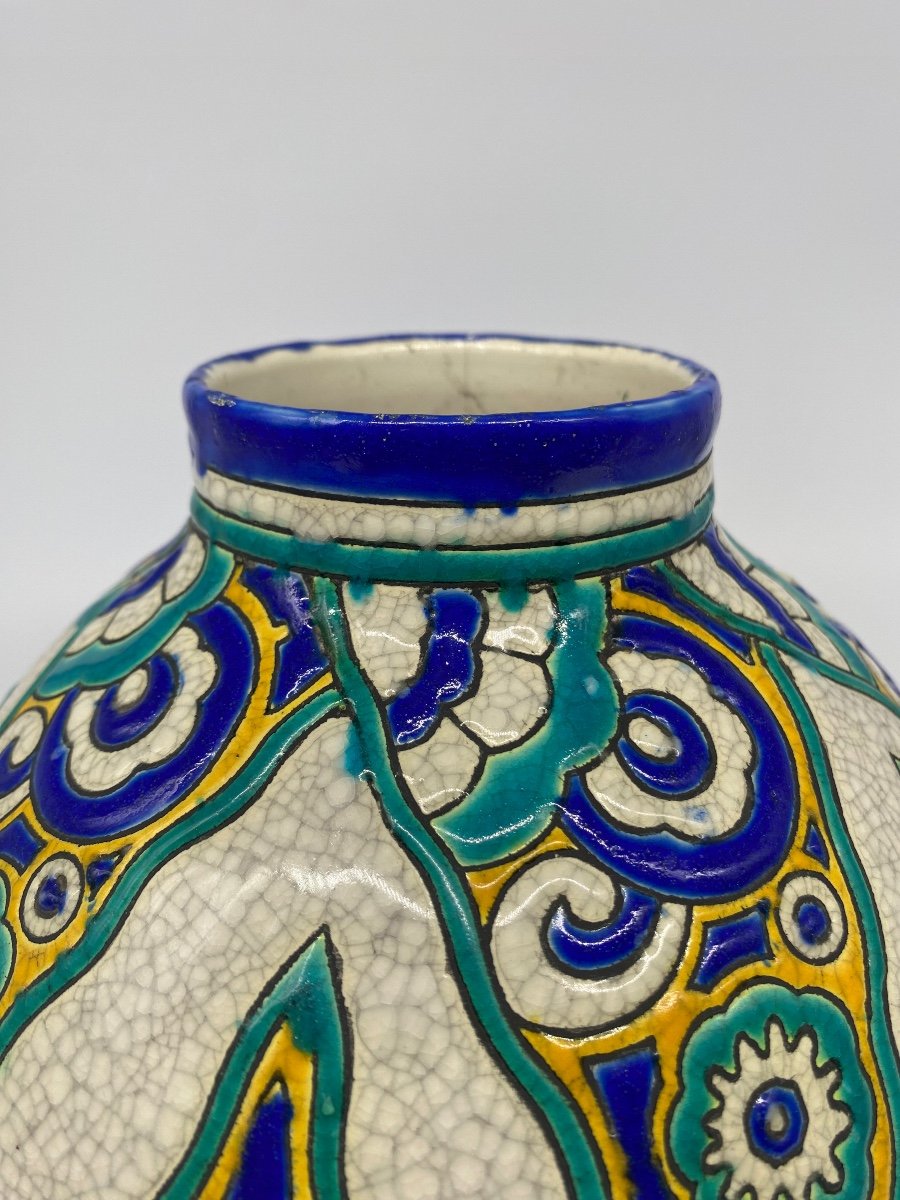


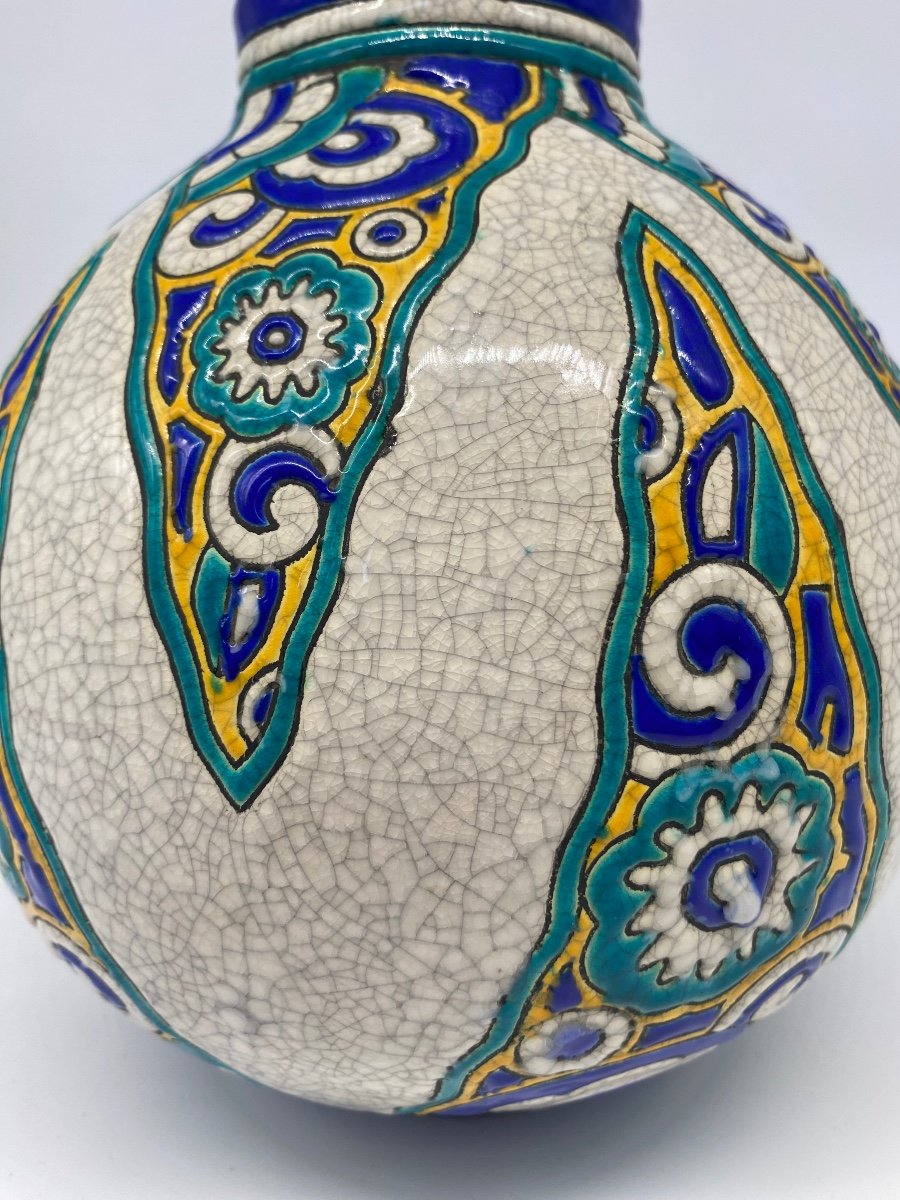

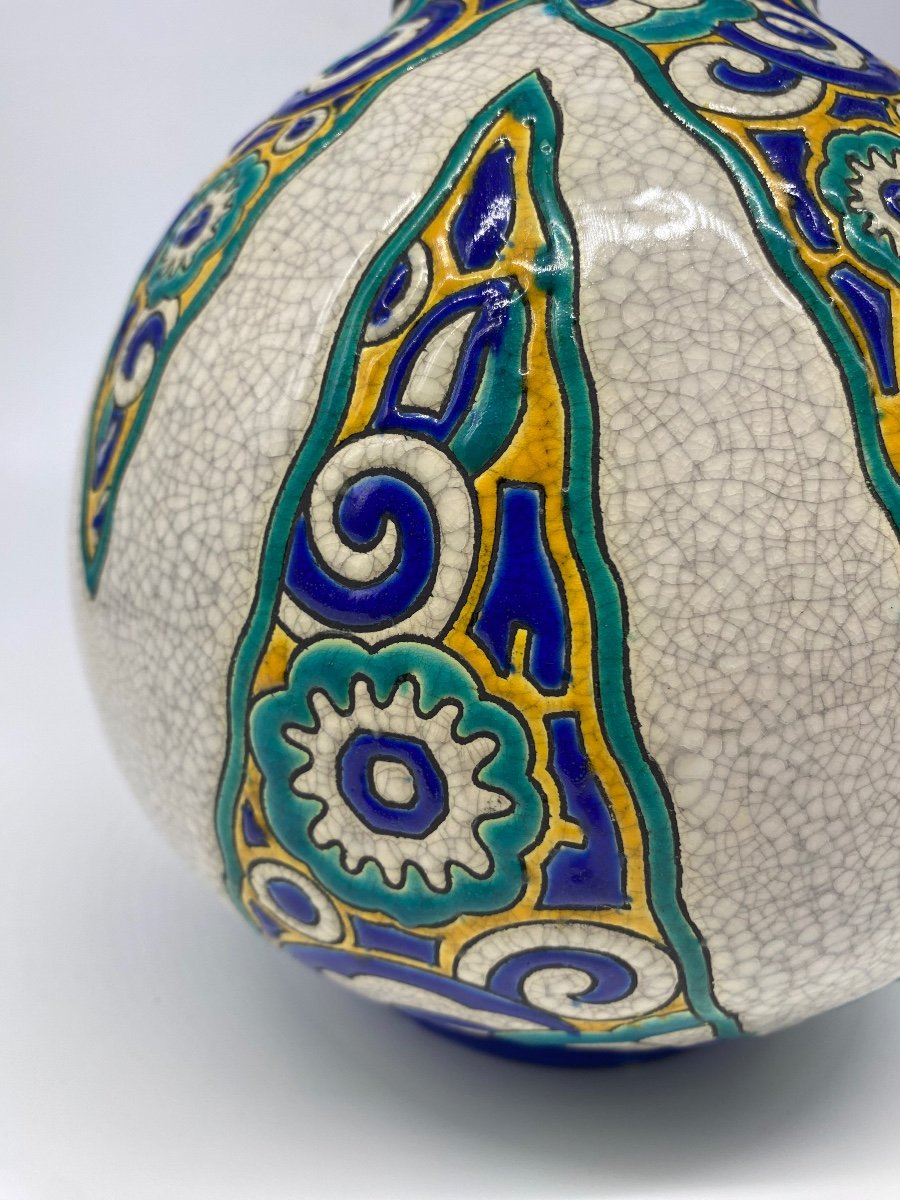
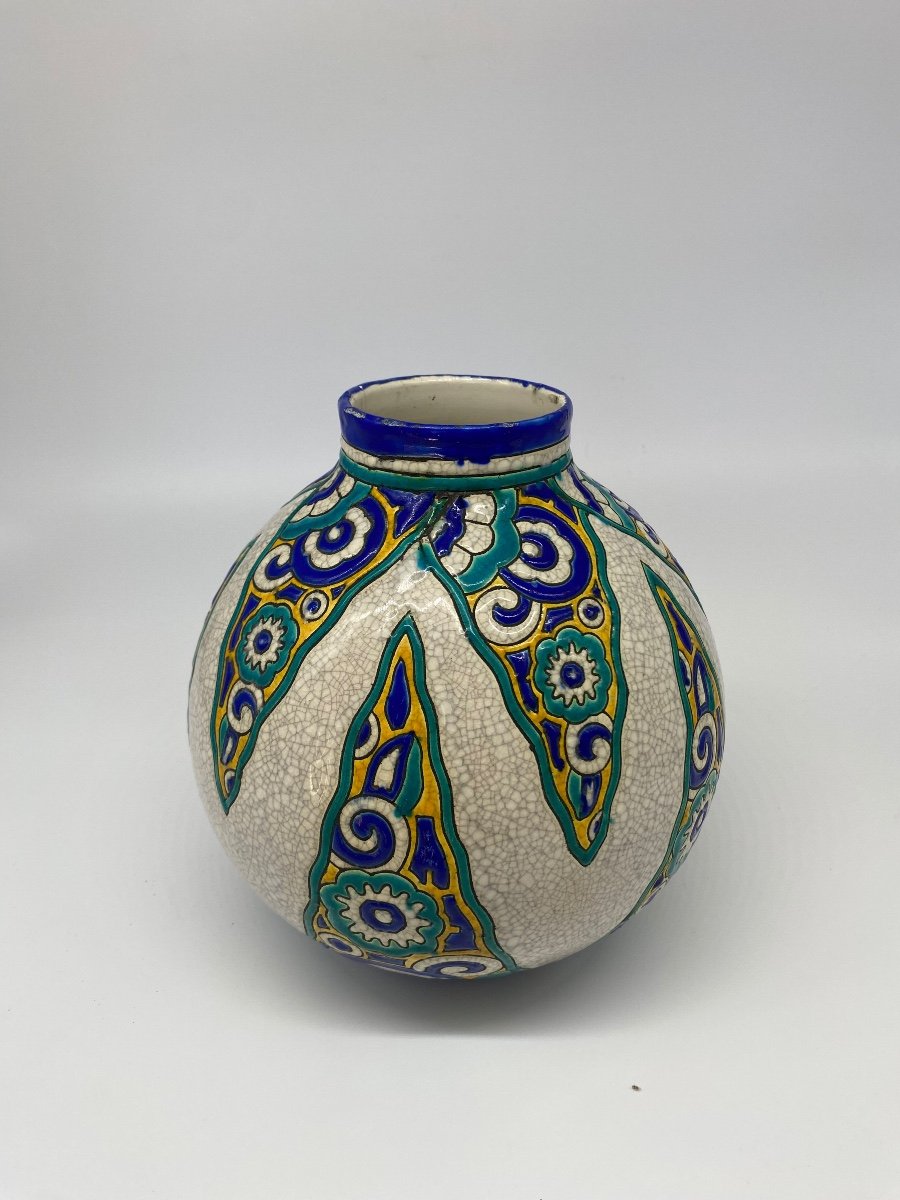


























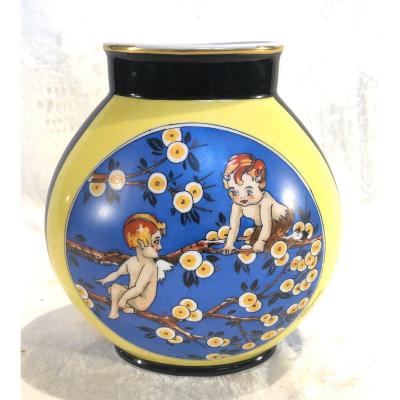



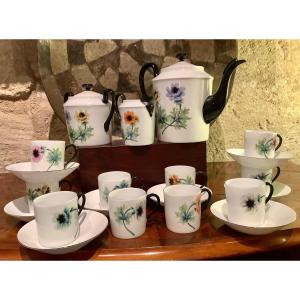



 Le Magazine de PROANTIC
Le Magazine de PROANTIC TRÉSORS Magazine
TRÉSORS Magazine Rivista Artiquariato
Rivista Artiquariato